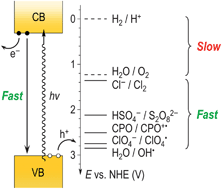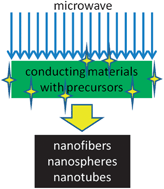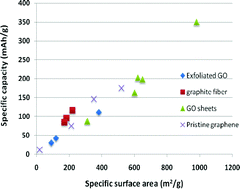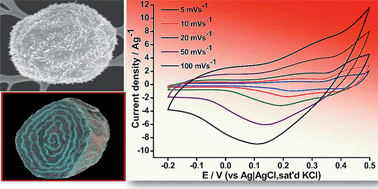The highest conversion efficiency reported for dye sensitised solar cells – 11.4% – has been achieved by scientists from Japan. The previous efficiency, reached in 2006 by the same team, was 11.1%.
Dye sensitised solar cells made cheaply are the most promising photovoltaic devices, say the researchers. But, so far, the overall efficiency of I–/I3- based dye sensitised solar cells has been limited because light harvesting is not fully achieved and the photo-excited electrons recombine with the acceptor species before the electrode collects them.
Now, the team has made a small donor–acceptor type co-adsorbent that effectively increases short circuit current by offsetting the competitive light absorption by I–/I3- . They have improved open circuit potential by introducing butyloxyl chains into the molecule to avoid dye aggregation and reduce the charge recombination. The work could lead to highly efficient dye sensitised solar cells for practical applications, they say.
Read the EES ‘HOT’ article today:
High-Efficiency Dye-Sensitized Solar Cell with a Novel Co-Adsorbent
Liyuan Han, Ashraful Islam, Han Chen, Chandrasekharam Malapaka, Shufang Zhang, Xudong Yang and Masatoshi Yanagida
Energy Environ. Sci., 2012
DOI: 10.1039/c2ee03418b

















